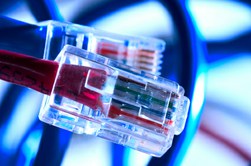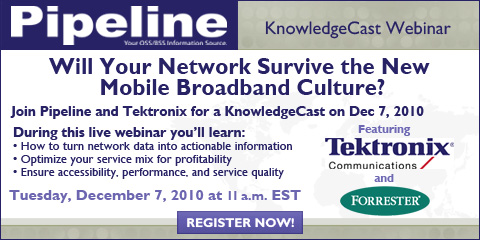|
|

By
Lukasz Mendyk
and
Piotr Piatosa
The advent of the mobile internet has been a great success, but it also appears to have opened Pandora’s box. The problem is that the surge in data consumed by users is not compensated for by an adequate growth in revenue. This is mostly due to the fact that in order to promote the mobile internet CSPs have introduced flat rates. The tension is even greater because the real beneficiaries are over-the-top players like Google, whilst CSPs seem to have been cast the role of ‘dumb pipe’ providers. As a result, CSPs are seeking a way out, in order to be able to fill the gap between increasing costs and flat revenues. As a remedy, a concept has emerged that exposes service delivery platforms to third parties, including the community of developers, has emerged. The concept is closely related to the idea of operator application stores.
|
|
The advent of the mobile internet has opened Pandora’s box. |
|



by high data usage profile users.
‘Paying’ can mean literally both
covering the costs and the receiving of
a poor quality of service (QoS). We will
most likely pay money. This is due to
the fact that flat rates are calculated
according to the rule of average, which
|
|
|
|
|

Critics of this approach argue that telco operators lack the competences to provide a platform for developers, and that the API provided is too limited to be attractive to developers. Moreover, the problem is that the only platform which really holds any significance for developers is the Web itself.
End-users inherit CSPs’ problems
From an end-user perspective we
might say that problems encountered
by CSPs are exactly that: their
problems. However, this belief is
slightly naive as it is always the
customers who finally pay the costs.
When looking more closely at the surge
of data consumed by end-users, it
turns out that the majority of data is
consumed by relatively small user
groups. These groups are either peer-
to-peer application riders, YouTube
addicts or alike. What does this mean
for the average user who probably only
needs email access or basic web
browsing services when he/she is on
the go? Well, it is likely that they will
pay extra to cover the costs generated
|
|

means that the majority of users pay
more, so high data usage users can
pay less. Suffering from a poor QoS is
even more evident, as inevitably, when
accessing the internet, each of us has
recognized that the real bandwidth is
far smaller than advertised by the CSPs.
Selling more than just ‘dumb pipes’
The solution, which is expected to
solve both CSP and end-user problems,
is shifting the role of telco operators.
Instead of selling Mbps, operators will
be able to sell service and application
enablement. This means that
application connectivity with the
appropriate QoS is tuned to a service.
From the end-user perspective it is the
services and application, with
embedded connectivity, which are
purchased. Embedded should mean
that connectivity costs are included in
the price for the service/application. For
the end-user it enables maintaining
unconstrained access to their most
favored applications/services without
the need to count minutes or kilobytes.
For CSPs it enables receiving
compensation for network costs
|
|
|







